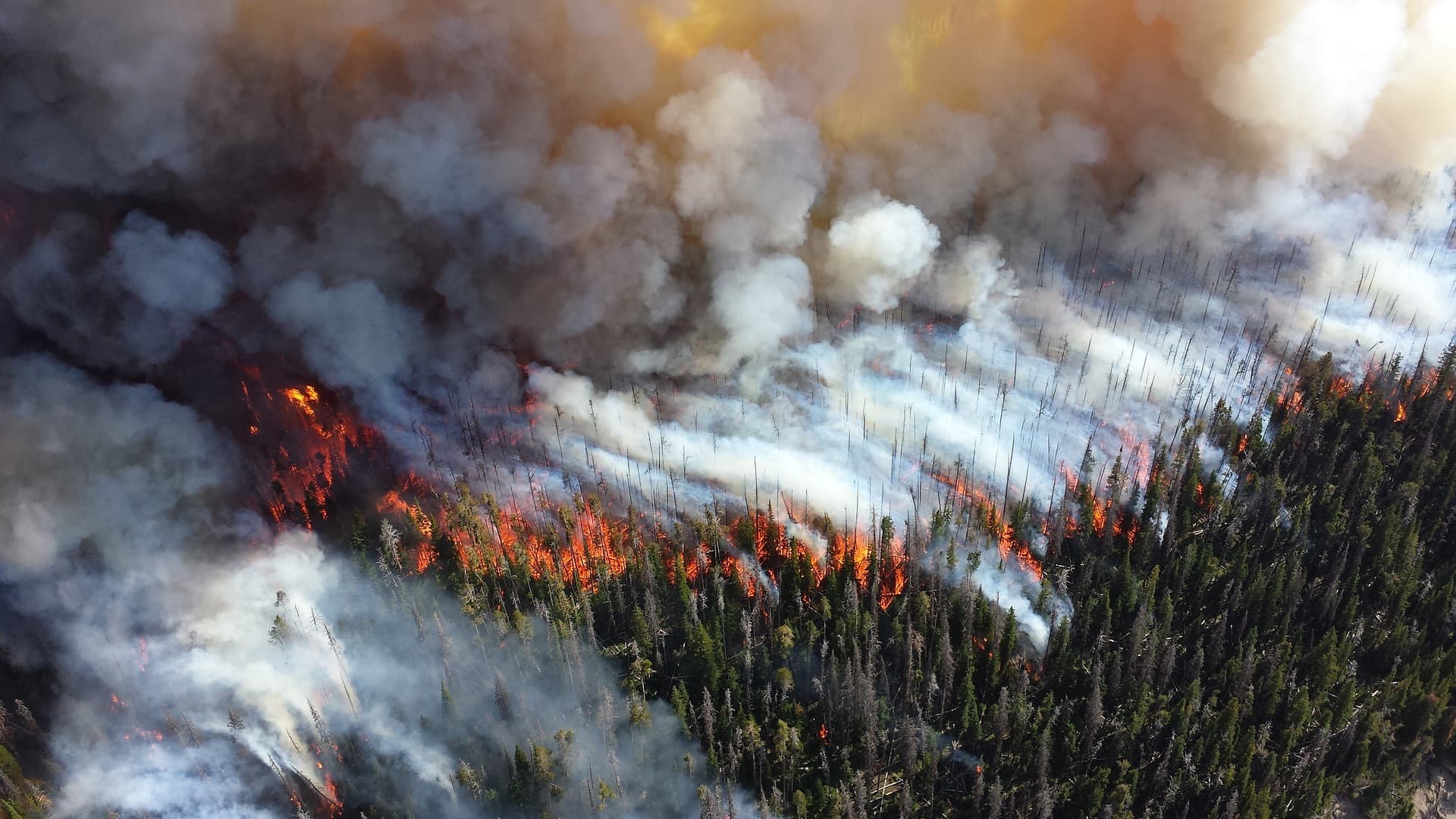Twister. San Andreas. The Perfect Storm.
Hollywood loves a good natural disaster story. But it's not quite so appealing when they happen in the real world.
Real-life natural disasters are neither entertaining nor profitable, but Tinseltown (and the rest of California) could be in for decades of them, according to a new study published Monday in Nature Climate Change.
The team created predictions based on data from the Community Earth System Model Large Ensemble (CESM-LENS) between 1920 and 2100. These publicly available simulations reveal what the Earth’s climate looked like in the past (based on real-world data) and use that to predict what it will look like in the future.
Based on this analysis, the researchers concluded that California will experience a 25- to 100-percent increase in what they call "climate whiplash" — transitions from extremely wet to extremely dry weather — by the end of this century.
This whiplash will do far more than leave residents always wondering if they should bring an umbrella.
According to the researchers, most of California's wet weather will arrive between December and March. Such an intense influx of precipitation will test California's water infrastructure. If reservoirs can't support it, flooding could occur all across the state, all at once.
Such an event could be disastrous, lead author Daniel Swain said in a press release. One major flood like that could cost upwards of a trillion dollars. "I don't think most people in California really have a grasp of the magnitude of this kind of event," said Swain. "Millions of people living in the Central Valley would, at a minimum, have to leave for a while, and many could actually have their homes under 20 or 30 feet of water."
But floods are just one of the potential problems in California's whiplashed future. Wildfires are another.
Traditionally, the rainy season in California begins in October or November. If it doesn't start until December, that leaves a lot of dry vegetation to fuel possible fires in the fall.
Combine that dry vegetation with the strong Santa Ana winds — which reach peak intensity in Southern California around November and December — and you have a recipe for fiery disaster. We've already seen harbingers of this potential future, with intense wildfire seasons over the past few years.
According to the researchers, human-caused global warming deserves most of the blame for this predicted increase in climate whiplash, but as Swain told Reuters, this future "can be partially, but not completely, avoided" if the world takes tougher action on climate change.
California already has some of the most forward-thinking environmental policies in the country, embracing renewable energy and vowing to decrease greenhouse emissions.
For now, all the state can do is remain firm in its commitment to addressing global warming, and hopefully, the rest of the world will follow suit. After all, disaster movie scenarios will become more frequent in many other places worldwide if we continue on our current path.
Share This Article
